If the soil-less growing medium that you are currently using in your hydroponic system is not working for you, you will be happy to know that today we will discuss a close alternative to peat moss–coco peat.
Coco peat is an organic material from coconut husks that is used by many growers as a medium for planting across the globe.
It is a convenient and affordable option to grow vibrant plants at a higher growth rate.
- Related Article: Growing Medium Hydroponics
To further expand your knowledge about this material, we will define and cover the benefits and disadvantages of using this material for your hydroponic garden.
So don’t put your reading glasses away yet!
What Is Coco Peat?
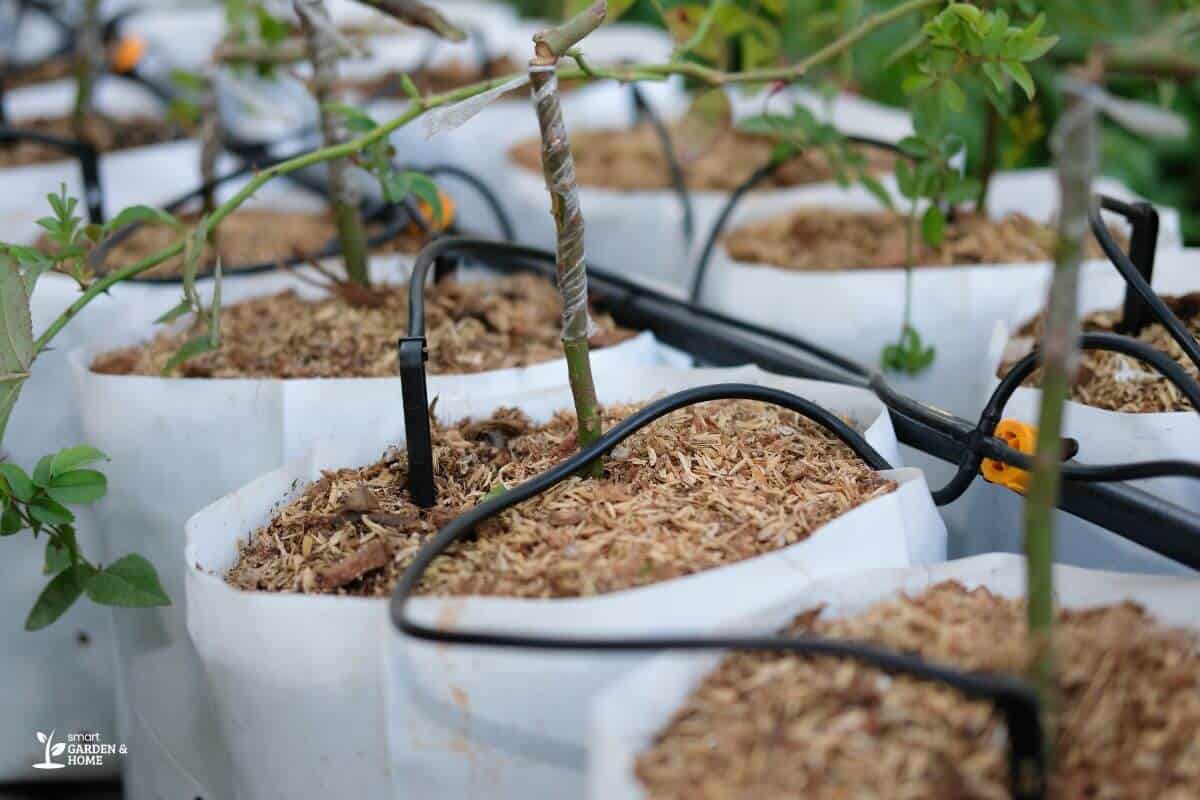
Coco Peat is also known as Coco Noir. It is a favorite among many because apart from being a natural growing medium, it is also naturally anti-fungal making it an ideal place to grow seeds and even larger plants.
Hydroponic systems need a highly absorbent matter that can allow the plants to soak but at the same time breathe. A coconut’s natural fiber is an excellent choice for this environment.
Coco peat soil can be purchased in the form of brick and will need to soak in water. As it soaks in water, the growing medium will expand exponentially.
Take note that coco coir has a high amount of potassium and sodium and will be harmful to your plants if not thoroughly rinsed.
Alternatively, you can purchase buffered coco coir which is ready to use.
Types of Coco Peat
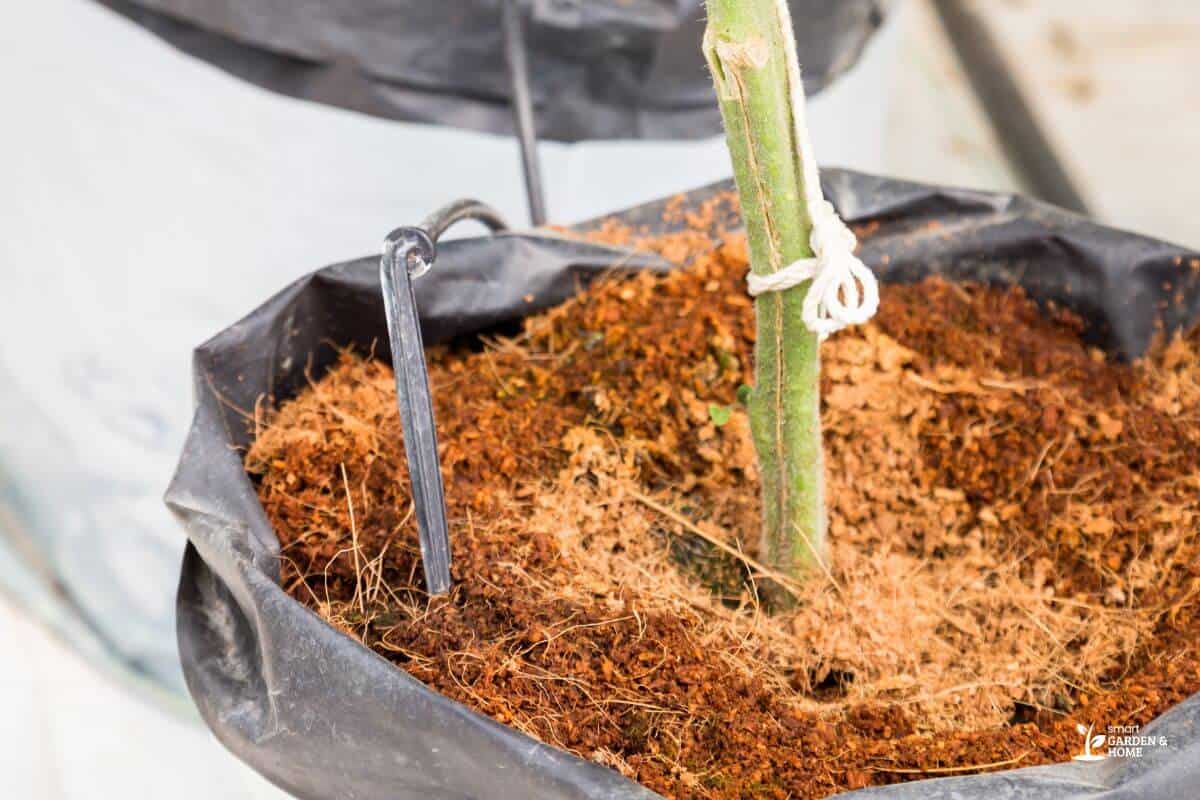
Coco Peat has different types. Here we will discuss two types of coco coir that can benefit your hydroponic garden.
Low EC Coco Peat
As mentioned above, coco peat naturally has a high sodium and potassium content.
High EC levels in your growing medium will tamper with your hydroponic nutrient levels. For this very reason, you can purchase pre-buffed coco coir, that has low EC levels.
Buffered coco peat has added levels of calcium, and magnesium, making it safer to use for seedlings.
High EC Coco Peat
Coco peat can also be purchased in different sizes. It will come in large quantities such as a 5-kilogram brick, or a smaller 1-kilogram cube.
The compressed coconut fibrous substrate, in its original form, will contain high levels of salt between the levels of 2 to 6mS/cm.
You can purchase coco coir in the following forms:
- Coco Brick/ Coco Fibre- brick types are the most common form of coco coir available. These have to be soaked to be used. You can mix it with compost, sand, and fertilizer to make a healthy mix of potting soil.
- Coir dust- coco peat in this form can hold 8-9 times more water than its weight. Most exotic plants such as ferns, anthuriums, and bromeliads prefer this.
- Coir chips- small pieces of coir that can be added to the soil of your potted plants. This will help provide aeration for plants.
How to Use Coco Peat
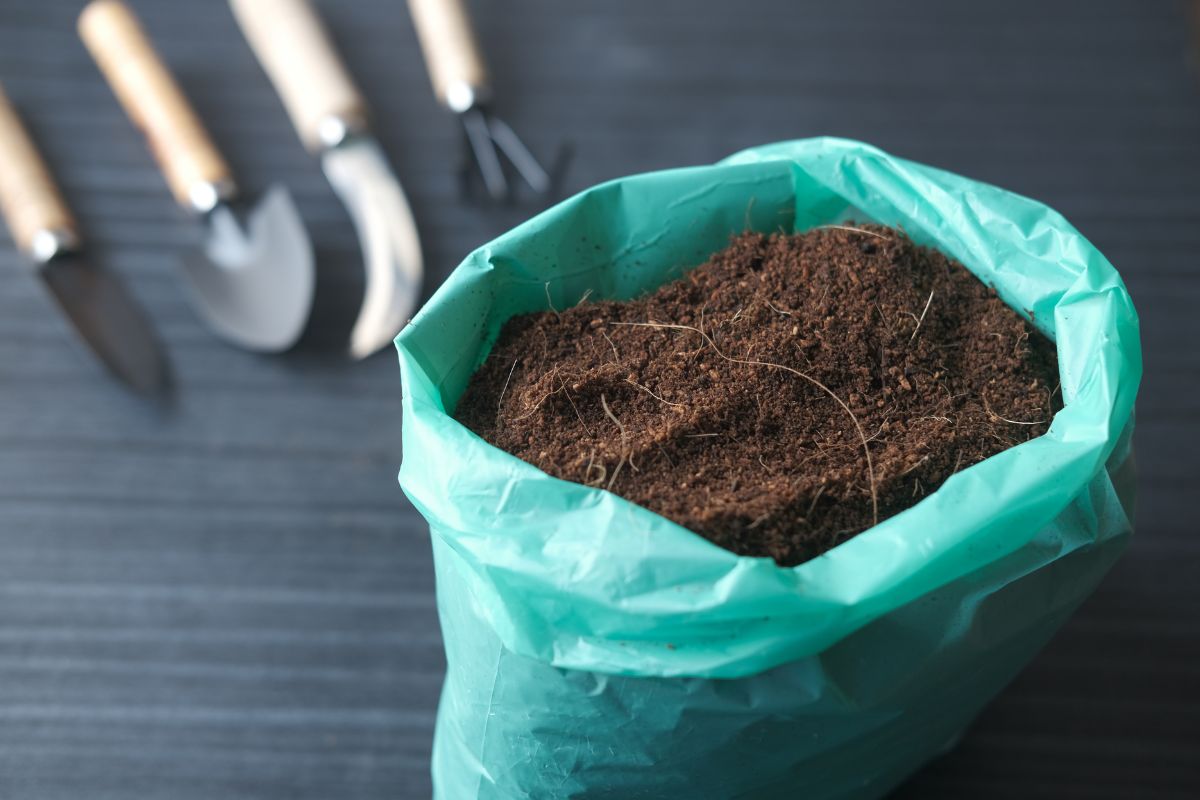
If you have purchased coco peat, or plan on purchasing coco peat soil, there are some things you will need to do, before you can use it as a potting mix.
1. Soak the Coco Peat
Coco peat comes in a brick shape so you will need to soak dry coco peat in pH-balanced warm water for several hours before you can use it. You can use coir just like peat moss.
Hydrating the coco peat will make it easier to work with, and remove any excess dust.
2. Add Nutrients
Once the coco coir has been soaked and rinsed, add ¼ of the diluted nutrient solution to the growing medium.
A coco peat’s high sodium and potassium content should always be balanced by a nutrient solution with low levels of these elements.
3. Use a Net Cup
You will need to use a net cup to hold the coco coir. Fill the net cup with coco coir and place your plant or seedling in the center of the cup.
Cover the roots of your plant with coco peats. Install the net cup into your hydroponic system.
4. Monitor the PH Levels
Check the coco coir on a regular basis, ensuring that the compound remains moist but not overwatered. Also, maintain a pH level that is between 5.5pH – 6.5pH.
Benefits of Using Coco Peat for Plants
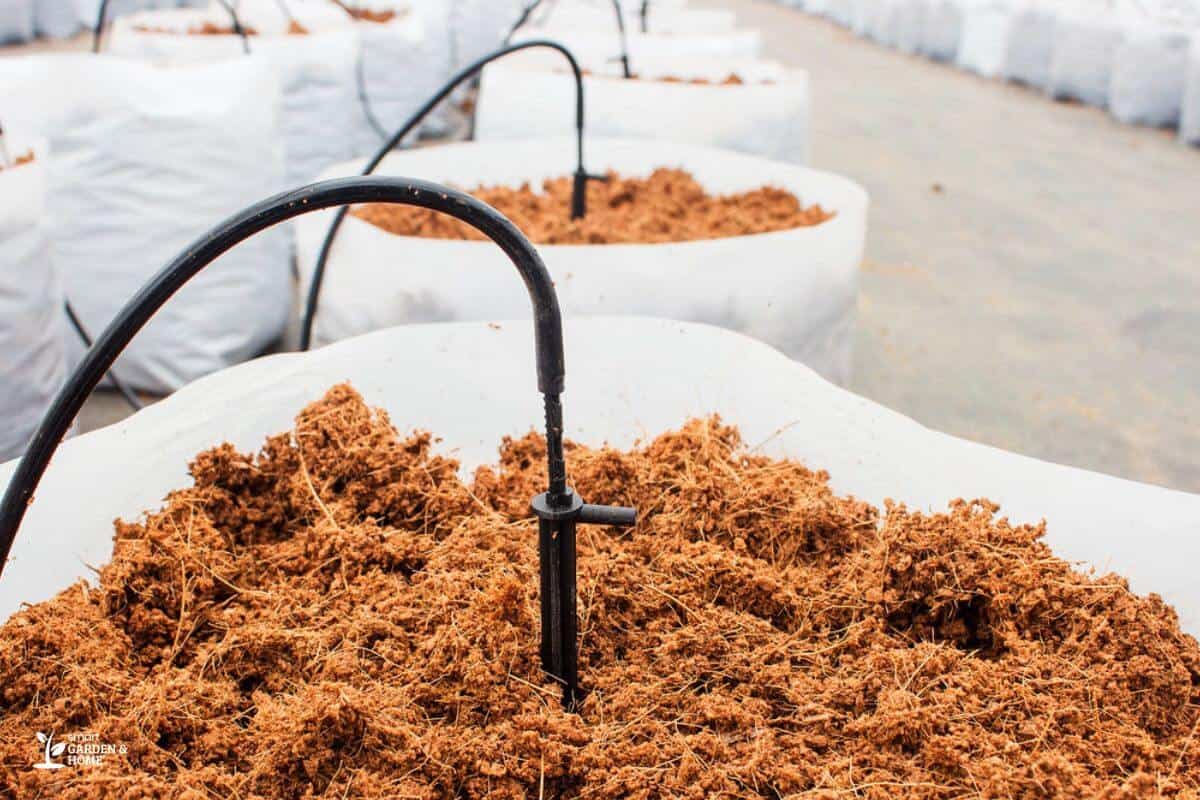
There are several benefits to using coco peat as a growing medium. Here are some:
- Reusable – coco peat can be reused for multiple growing seasons.
- Biodegradable – made from a once-useless product which is coconut husks, coco coir is highly biodegradable and therefore environment-friendly as well.
- Lightweight – coco peat is a lightweight and highly absorbent growing medium. It’s the perfect growing medium for seedlings.
- Combine it with other mediums – you can combine coco coir with other growing mediums such as perlite or vermiculite or use it on its own. Tailor your medium mix to meet what each variety of plant requires.
- Ideal pH base – coco peat is the ideal pH base for growing hydroponic plants. It has a slightly acidic base between 6.0pH – 6.5pH.
- Increases water retention – coco peat has a high water retention capacity. It gives your plant much-needed moisture.
- Minimizes the risk of soil-borne diseases – aside from promoting aeration to plant roots, coco noir also suppresses soil-borne diseases.
Disadvantages of Using Coco Peat
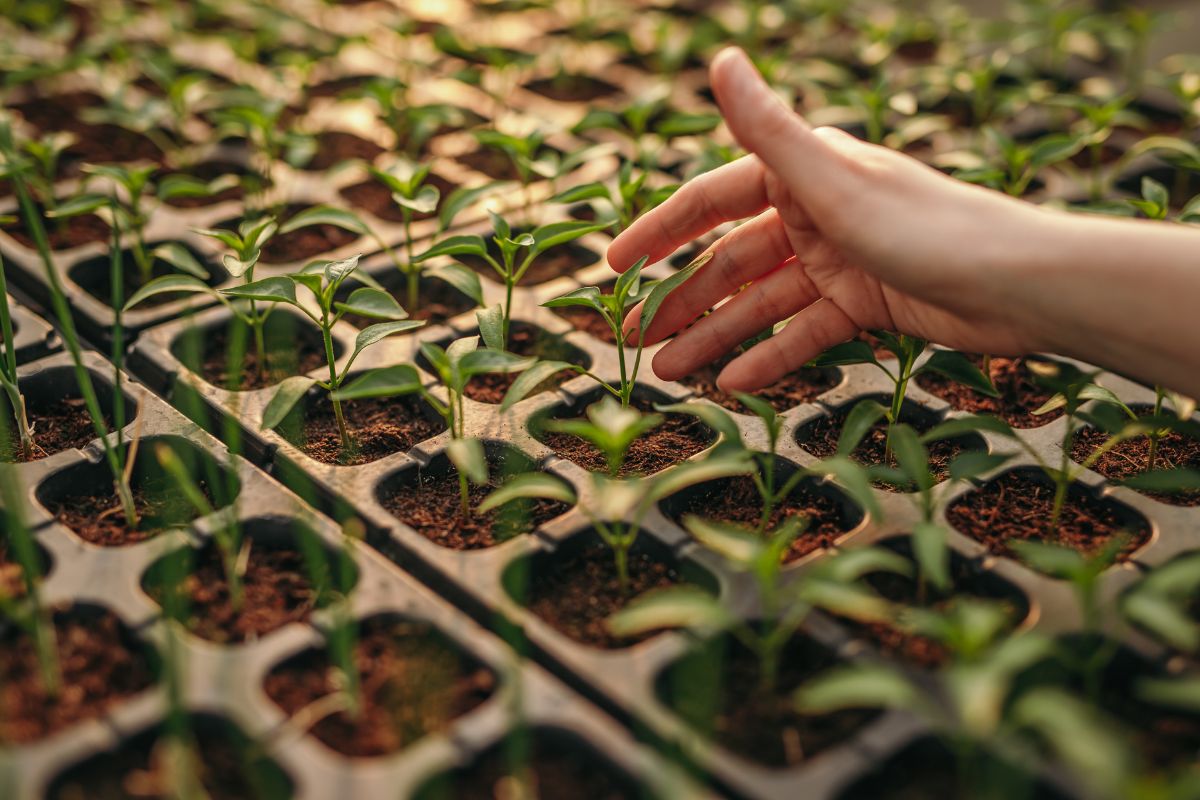
Unfortunately, there are always drawbacks to using certain growing mediums. Here are some disadvantages associated with coco peat:
- Coco peat is acidic – the pH balance of coco coir can be slightly too acidic for some plants and will need to be adjusted.
- Lack of Sturdiness – the lightweight texture of coco coir often lacks support for your plants. You will have to use trellises or stakes to support plant growth.
- Getting the pH balance correct – it can be challenging to get the correct pH and moisture levels.
- Expensive – depending on where you live, coco peat can become rather expensive compared to other growing mediums.
- Lack of Nutrients – some plants especially those that flower or produce fruits will need additional nutrients and care that this type of medium might not be able to provide.
Final Thoughts on Coco Peat for Plants
Coco Peat is a beneficial product that is a great alternative to peat moss. It can be used with a gardening mix or alone.
Coco coir as a growing medium works exceptionally well in hydroponic systems. And while there are some drawbacks, such as maintaining the right pH level, it is still a convenient option for many growers.
Coco coir comes with plenty of benefits such as being lightweight and highly reusable. It is also readily available so you won’t have a hard time looking for a supply.
With proper maintenance and care, coco coir could take your plant game to a whole other level.
If this article on coco coir made you more curious about what other growing mediums are out there then do check out these other amazing articles:


